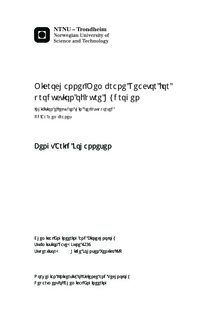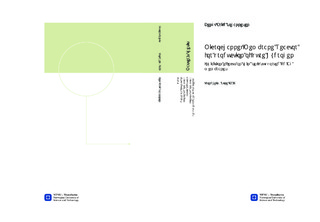| dc.description.abstract | Hydrogen gas is one of the most produced gases in the world for industrial purposes, generally produced by methane steam reforming. The demand for clean hydrogen is rising as technology is advancing. Combining a hydrogen seperation step with methane steam reforming can be advantagous as pure hydrogen can be produced, total operating cost reduced and CO2 can possibly be stored. Palladium based membranes have high hydrogen selectivity, solubility and permeability, and are seen as a viable way to purify hydrogen gas from different gas mixtures. This project is investigating the properties of thin self supported Pd/Ag 23wt.% membranes, and CO inhibition effects.
The palladium based membranes were produced by magneton sputtering, and used in a microchannel membrane setup. The experimental procedure followed several Pd/Ag 23wt.% membranes of 2.2-, 4.7- and 10.0um through different experimental series. Hydrogen permeation, surface characterization, solubility and CO inhibiton were investigated.
Hydrogen permeability was observed to increase with temperature. Heat treatment in air at 400C increased permeability for all membranes and gave a mean value of 1.9*10^(-8) mol m s^(-1) m^{-2} Pa^{0.5}. The hydrogen transport through thin membranes (<5um) was determined to be limited by surface effects, while thicker ones were governed by bulk diffusion. This was determined by CO inhibition experiment, heat treatment in air and activation energy calculations. Through X-ray photoelectron spectroscopy a silver enrichment was observed on substrate side of all as-grown (unused) membranes, while CO and O species were detected on all membrane surfaces. Hydrogen desorption was suggested as the transport limiting effect. This is due to a reported increase in desorption barriers with increasing Ag content, in association with substrate side silver enrichment.
It was shown that inhibition of hydrogen flux increased with partial pressures of CO and decreasing temperature. Membranes governed by bulk diffusion were less affected by CO inhibition than thinner ones. This was explained by competetive adsorption between CO and H$_2$ being a surface effect. Heat treatment in air was observed to increase membrane resistence towards inhibiton. Heat treatment before CO exposure was determined to give a significantly better performance of membrane properties. Whereas a membrane already exposed to CO over several experiments was not enhanced after heat treatment in air. CO inhibiton led to both irreversible and reversible deactivation, the latter being dominant over short term CO exposure. Irreversible was predominant at lower temperatures, higher CO concentrations and at longer exposure times. After a series of experiments, 4.7um membranes with- and without heat treatment in air had a final flux of 67- and 87%, relative to initial flux. This shows that heat treatment in air procedure increases resistence to CO and valuable lifetime is possibly gained. | |

